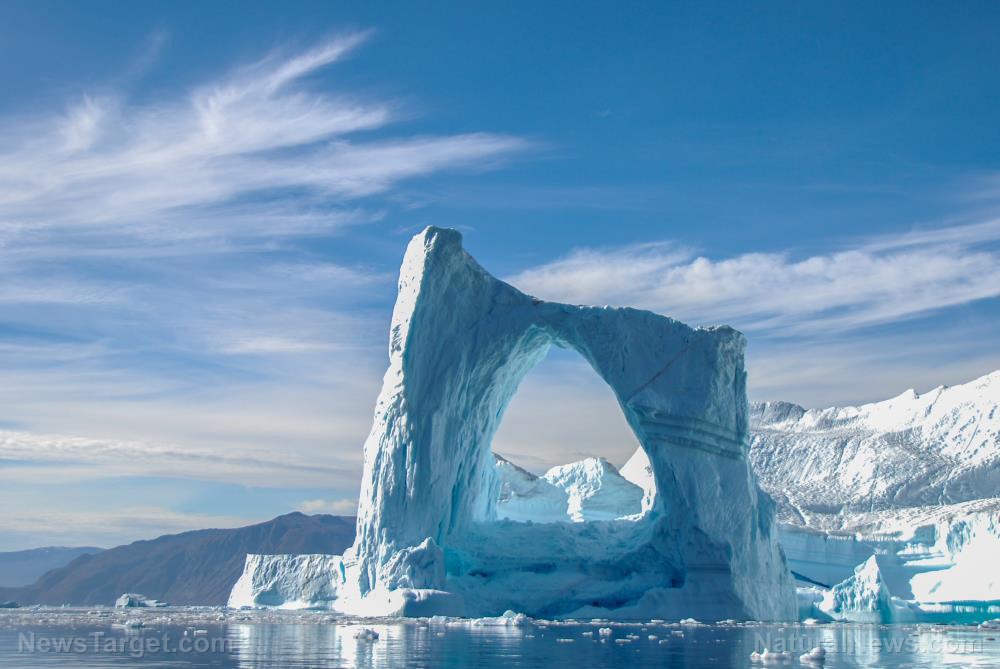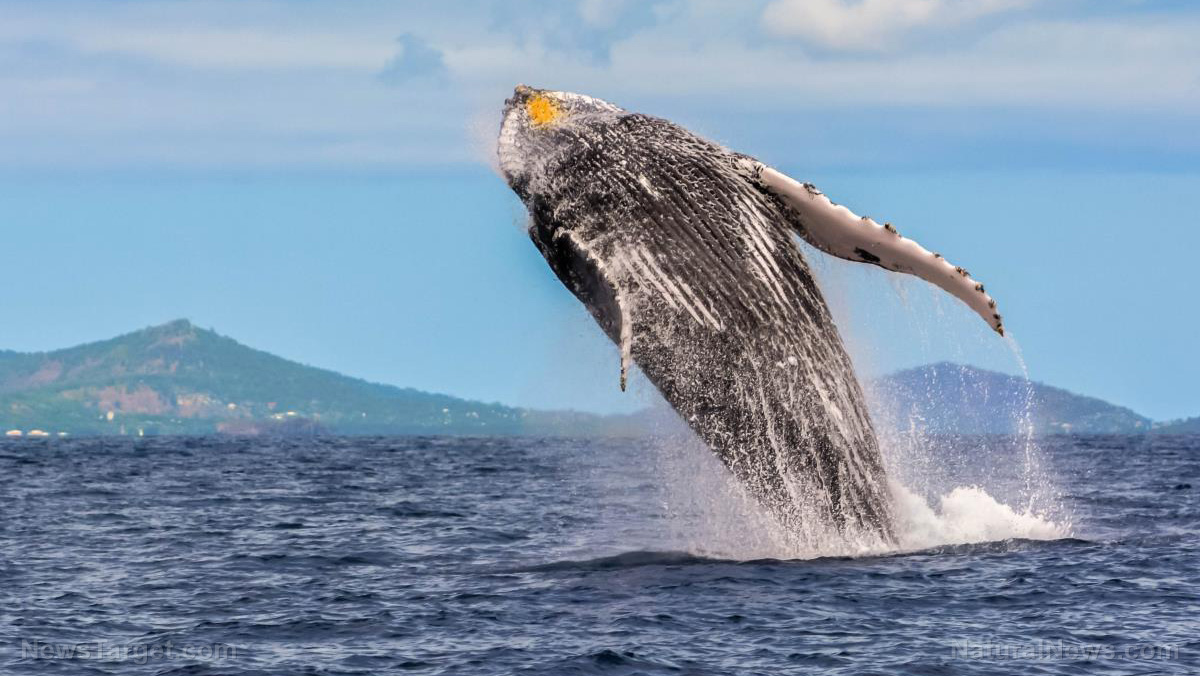World’s first hybrid expedition cruise ship sets sail for the Arctic: The Roald Amundsen is powered by marine gas oil and BATTERIES
02/07/2020 / By Lance D Johnson

Anyone who has ever operated a vehicle in the cold winter months of the North has had to deal with a dead battery. Who wouldn’t want to hop aboard a cruise ship, partially dependent on batteries, and set sail for the Arctic?
The world’s first hybrid expedition cruise ship is scheduled to sail the Northwest Passage to Alaska then head south to Antarctica. The Roald Amundsen is not only powered by marine gas oil, but it can also depend solely on battery packs for 45 to 60 minutes at a time.
Hybrid battery-powered cruise ship to take passengers to the Arctic
In a herculean effort to reduce carbon emissions, engineers of the new ship are willing to put lives at the mercy of battery packs along the icy cold voyage from northern Norway to Alaska, then all the way to the South Pole. The ship was designed to carry five hundred passengers at a time while navigating harsh climates and the icy waters of the Arctic.
On its maiden voyage, the ship is set to live up to its name. From 1903 – 1911 Norwegian explorer, Roald Amundsen, became the first person to the reach the South Pole, first navigating the Northwest Passage to Alaska and then heading south. This new hybrid ship will take a similar route. Operators will shift the ship’s engines on and off, allowing the battery packs to help propel them to Antarctica by October.
Those who enjoy the new cruise line shouldn’t feel too guilty. Even though the ship does add to their total carbon footprint, the ship doesn’t directly emit the same amount of carbon as other ships its size. In fact, cruisers should sleep well knowing that the ship reduces fuel consumption and saves about 20 percent in carbon dioxide emissions when compared to ships that rely solely on marine gas oil. This carbon savings does not account for the energy consumption required to produce the battery packs. In fact, these battery packs rely on the engines and their carbon emissions in order to sustain themselves.
Hurtigruten Chief Executive Daniel Skjeldam told Reuters: “It’s designed to take excessive energy from the engines and put into the battery when the ship doesn’t need it, and put it back into the engine when the ship needs it — it is a way of reducing emissions significantly without having charging stations available.”
The ship is designed this way because there is typically no battery charging stations available at the ports. The idea is great. The batteries take in excessive energy produced by the engines to store for later use. However, the technology is in its infancy. Battery packs cannot be counted on to propel a ship for long and there are no charging stations in the middle of the open seas.
“We expect batteries to be an important part of shipping in the years to come, but of course we don’t expect our ships to be able to operate only on batteries, because the ship can sail up to 18-20 days in areas where there are no charging points,” Skjeldam said.
Bergen, Norway’s second largest city, is one of the only places where battery charging services are available. In order for batteries to have a greater impact at sea, they will have to be made lighter and more powerful. Ports around the world will need to be equipped with charging stations and this will require a new grid of energy supply. Any progress made on carbon emissions directly at sea with these hybrids ships could be negated by the energy consumption that will be required to produce the batteries along with fossil fuel consumption that will be required to provide power to the battery charging stations.
Skjeldam said the company anticipates that batteries will ultimately be made more efficient. That’s why the company has set aside extra space on the ships so more battery packs can be installed. The company’s second hybrid cruise ship, expected later in the year, will have twice the battery capacity of the Roald Amundsen.
Learn more about carbon emissions at CarbonDioxide.news.
Sources include:
Tagged Under: Arctic, batteries, battery power, carbon emissions, climate change investments, climate hysteria, cruise ships, energy consumption, energy grid, fossil fuels, future tech, green energy, green power, Northwest Passage, South Pole



















